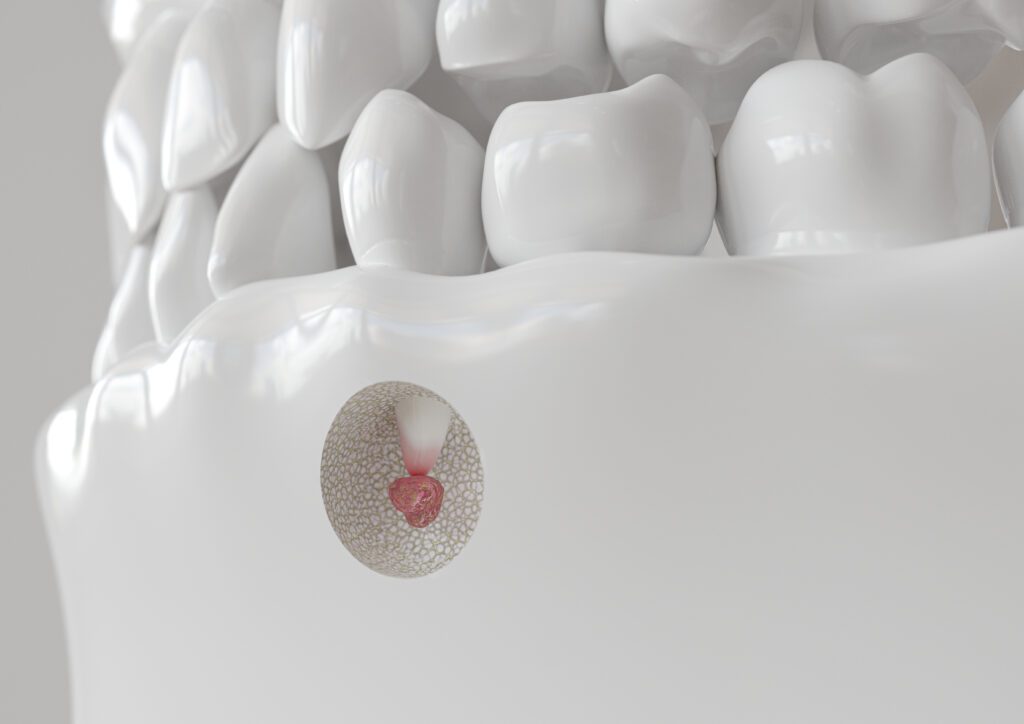Saving Your Teeth One Root at a Time

A persistent toothache or recurring infection after a root canal can be both frustrating and concerning. When standard treatments aren’t enough to resolve the issue, an apicoectomy might be the solution to save your natural tooth and restore oral health.
Understanding Apicoectomy: A Vital Procedure to Preserve Your Tooth
An apicoectomy, also known as root-end surgery, is a minor surgical procedure that removes the tip of a tooth’s root, known as the apex, along with surrounding tissue. This procedure is typically recommended when a root canal treatment has failed to completely heal the tooth or if there’s a persistent infection at the root tip. By addressing the problem directly at the root, an apicoectomy aims to eliminate infection and preserve the natural tooth structure.
When Is an Apicoectomy Necessary?
An apicoectomy becomes necessary in specific situations, including:
- Persistent Infection: After a root canal, if an infection develops or continues at the root tip, an apicoectomy can address the issue.
- Anatomical Challenges: In cases where the tooth’s root structure is complex or has narrow or curved canals that standard procedures can’t effectively treat, an apicoectomy provides a direct approach to remove the infection.
- Calcified Canals: Surgery may be necessary when calcium deposits make the canal too narrow for instruments used in nonsurgical root canal treatment to reach the root’s end.
The Apicoectomy Procedure: Step-by-Step
Understanding the process can alleviate concerns and prepare you for what to expect:
- Consultation and Evaluation: Your endodontist will assess your tooth’s condition through clinical examination and imaging to determine if an apicoectomy is the appropriate treatment.
- Anesthesia: Local anesthesia is administered to ensure total comfort during the procedure.
- Incision and Access: A tiny incision is made in the tissue near the affected tooth to expose the underlying bone and root tip.
- Removal of Infected Tissue: The endodontist removes the infected or inflamed tissue and the root tip.
- Sealing the Root Canal: A small filling is placed at the end of the root canal to seal it, preventing further infection.
- Suturing: The gum tissue is sutured to facilitate healing.
- Healing: Over the next few months, the bone around the end of the root heals, restoring complete function.
Benefits of an Apicoectomy
Opting for an apicoectomy offers several significant advantages:
- Tooth Preservation: The primary benefit is saving a natural tooth that might otherwise need to be extracted. Keeping natural teeth is essential for maintaining proper chewing function and jawbone integrity.
- Infection Elimination: By removing the infected tissue and sealing the root tip, it effectively halts the spread of infection, promoting overall oral health.
- Minimally Invasive: Compared to tooth extraction and replacement options, an apicoectomy is a minimally invasive procedure with a shorter recovery time.
- High Success Rate: When performed by an experienced endodontist, apicoectomies have a high success rate, ensuring the longevity of the treated tooth.
Recovery and Aftercare
Post-procedure, it’s normal to experience mild discomfort and swelling, which can be managed with over-the-counter pain relievers and ice packs. To ensure a smooth recovery:
- Follow Post-Operative Instructions: Adhere to your endodontist’s guidelines regarding diet, oral hygiene, and activity levels.
- Optimal Oral Hygiene: Keep the surgical area clean by following recommended brushing and rinsing practices.
- Attend Follow-Up Appointments: Regular check-ups allow your endodontist to monitor healing and promptly address concerns.
Risks and Considerations
While an apicoectomy is generally safe, it’s essential to be aware of potential risks:
- Infection: As with any surgical procedure, there’s always a slight risk of infection, which is typically managed with antibiotics.
- Nerve Damage: Depending on the tooth’s location, there’s a minimal risk of nerve injury, leading to temporary or permanent numbness.
- Sinus Involvement: There’s a rare possibility of sinus complications for upper teeth.
Discuss these risks with your endodontist to make an informed decision about the procedure.
Is an Apicoectomy Right for You?
If you’ve undergone root canal therapy and are still experiencing symptoms or imaging reveals a persistent infection at the root’s tip, an apicoectomy may be the recommended course of action. Consulting with a skilled endodontist is critical to evaluate your situation and determine the best treatment plan.
Trust One Endodontics for Expert Care
At One Endodontics, we understand the importance of preserving natural teeth and maintaining a healthy, confident smile. Our experienced team specializes in advanced endodontic procedures, including apicoectomies, ensuring you receive the highest standard of care.
We proudly serve patients across multiple locations:
Don’t wait for discomfort to worsen—schedule a consultation today at One Endodontics and take the first step toward a pain-free, confident smile!




